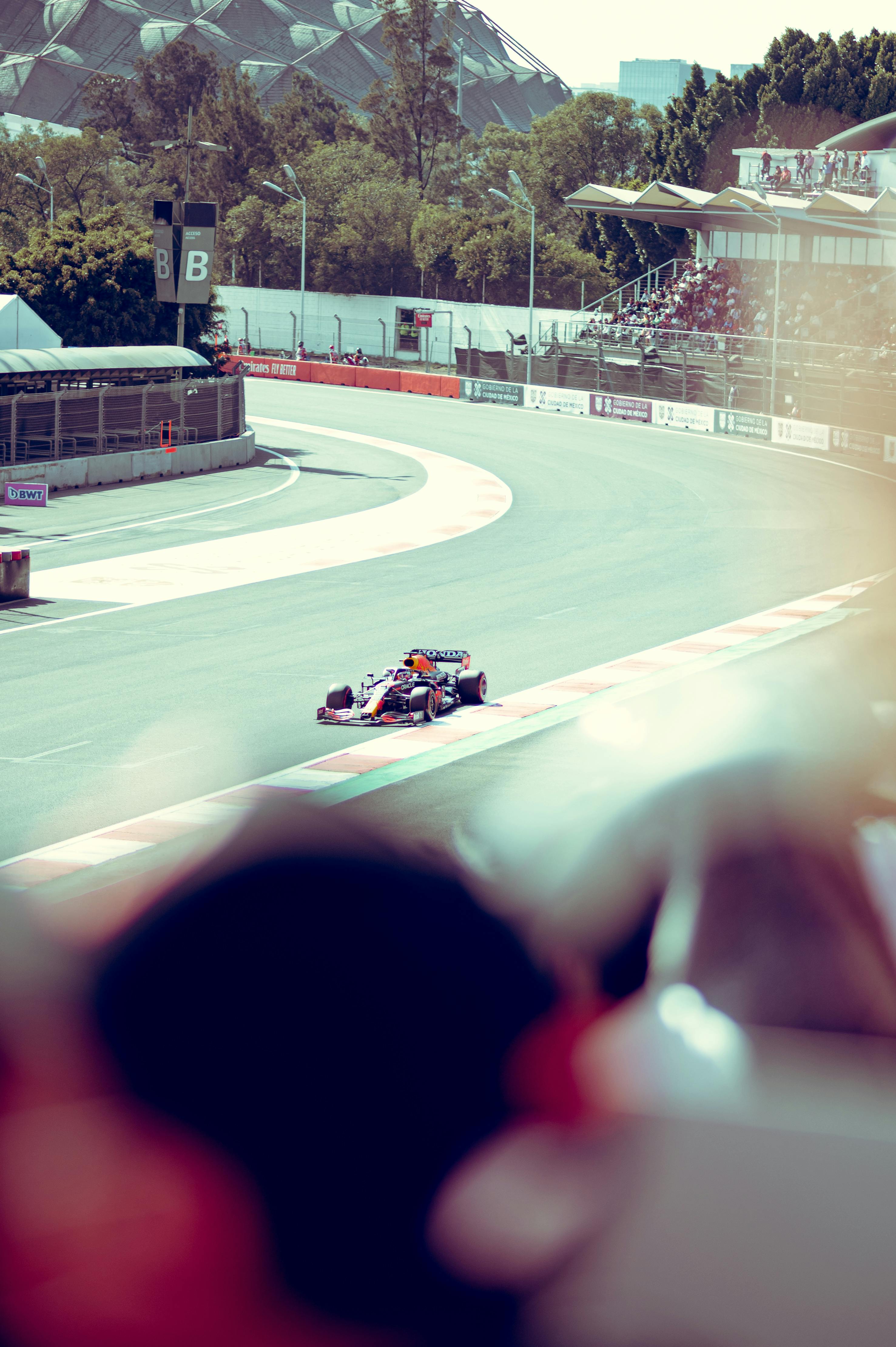Check out parts one, two, and three to get more Formula 1 goodness.
Race circuits are unique. They have their own personality and lend themselves to better or worse races. It’s up to the drivers to study each feature of a track, deciding on which gear to take, where they can gain precious seconds, and noting hazardous corners. At the Circuit Gilles Villeneuve in Montreal, there is a so-called Wall of Champions whose namesake came after a number of World Champions lost control and drove into it on separate occasions.
In the same way that baseball is nerdy, racing is about scouting and knowledge. Most drivers in the sport have been around long enough to know these tracks from beginning to end. There’s a scene in the 2013 movie Rush by Ron Howard, where real-life ‘70s driver James Hunt (played by Chris Hemsworth) runs through a visualization of an upcoming track from memory, hands held up in the air, wrapped around an invisible steering wheel and shift-knob, deft toes and heels pressing down on imagined gas and clutch pedals, all the while reciting the braking points and gears needed to ensure a smooth, quick line.
It’s a practiced routine—the same braking points and gear shifts won’t work for another driver, especially with the way cars may be set up. (Near a turn on a track are white braking markers with the numbers of hundreds of metres until, supposedly, the apex but it’s not precise and drivers say they pick their own braking points by visual reference anyway—a tree or something else they can see out of the corner of their vision.) Once drivers are comfortable with their cars, learning how responsive it is to their controls, it becomes an extension of their bodies.
Struggling F1 teams may be hamstrung by a weak engine, but other times it may be that one or both of their drivers might be having difficulties with their setups with steering and braking, say, if one driver is consistently qualifying high and his teammate is failing to make it out of Q1 (the first stage of the session of timed laps to determine grid position on race day).
There was drama in 2022 when eight-time Grand Prix winner (and fan favourite) Daniel Ricciardo, having jumped ship to McLaren previously, was unable to keep up with his teammate Lando Norris. Both drivers are talented and did well for McLaren in 2021, but for a team looking to be competitive and constantly be getting podium-finishes in 2022, Ricciardo’s lack of results stuck out. The media hounded him and the team after each race and at the conclusion of the season, McLaren terminated his contract early. This was unusual as most teams make seat changes after contracts end.
But in today’s F1, it’s adapt or die. Drive to survive, if you will.
Read more about Formula 1’s heavy focus on technology and what makes it so unique in part five.


